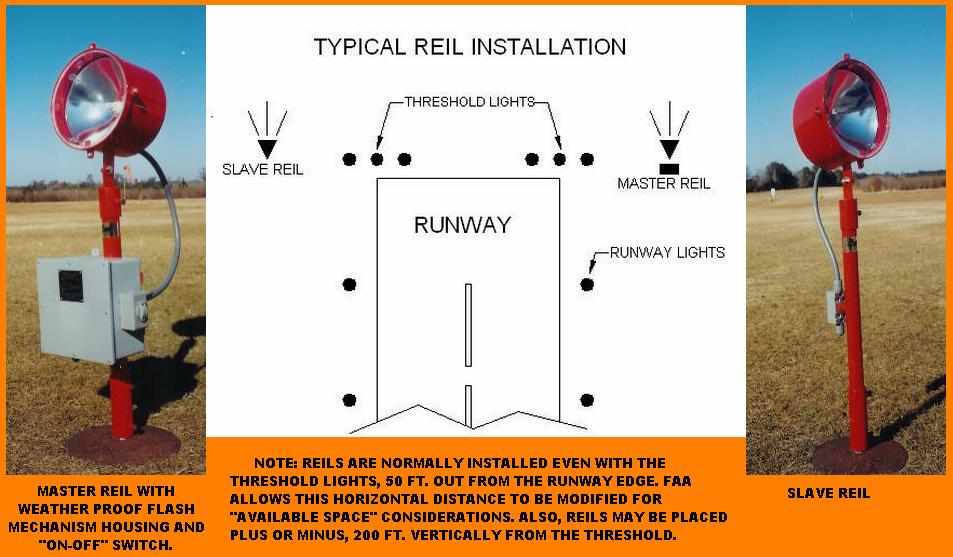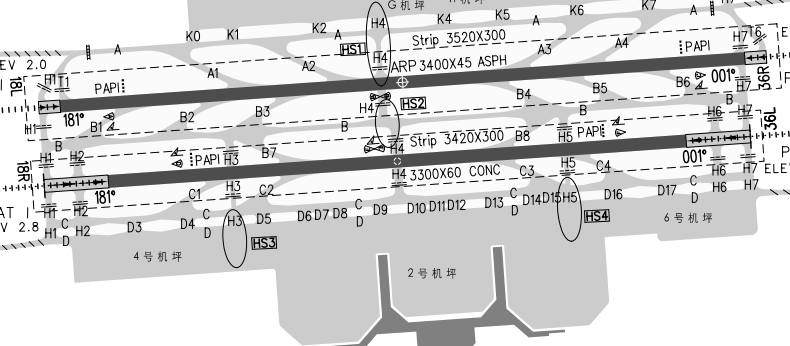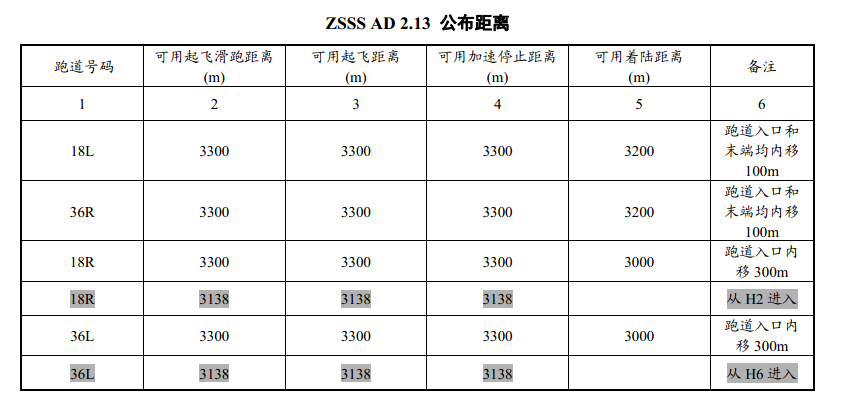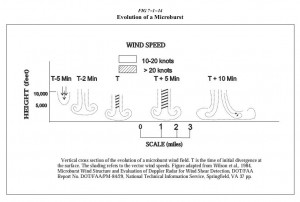前段时间被问到航图上的34:1 is not clear是什么意思。这个标记出现在安克雷奇的33号跑道RNAV(RNP)图上。
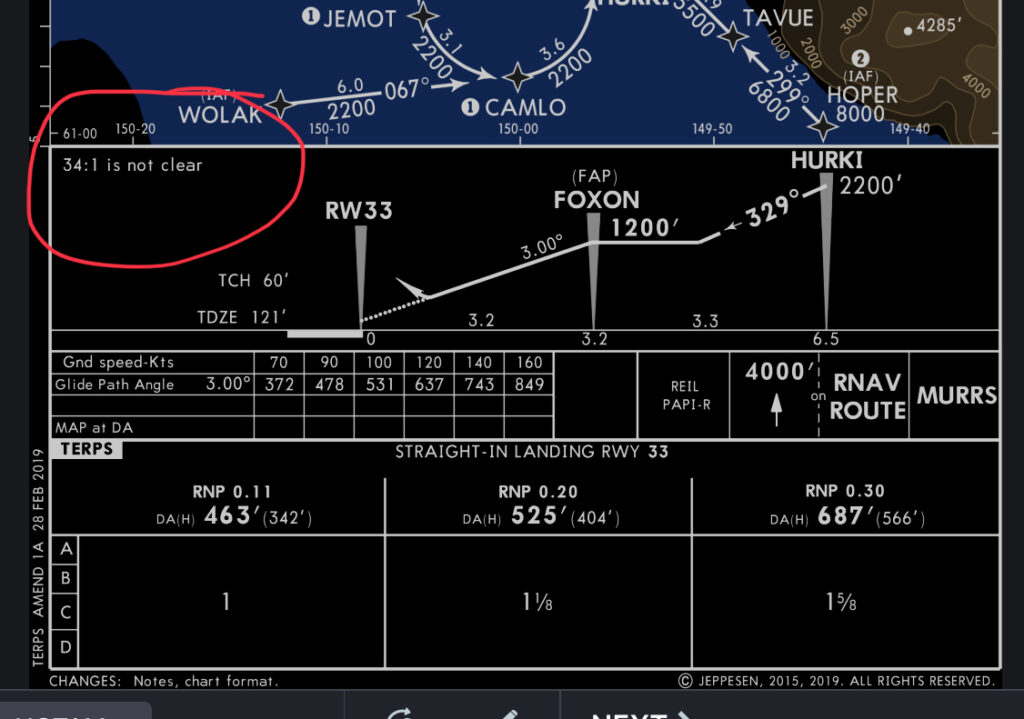
在网上海搜找了一下FAA的解释:
根据AIM 5-4-5条款关于VDP(Visual Descent Point)的定义,在非精密进近时,从MDA到接地端的一个目视下降点。但这个点只是参考,并不代表后续没有障碍物。当VDP之后,如果有障碍物突破了34:1的保护区时,就在航图上做一个标记,提醒飞行员注意。
在美国的航图说明中有这个的解释:
34:1 Surface Clear Stipple Symbol
On RNAV approach charts, a small shaded arrowhead shaped symbol from the end of the VDA to the runway indicates that the 34:1 Obstacle Clearance Surface (OCS) for the visual segment is clear of obstacles. The absence of the symbol indicates that the 34:1 OCS is not clear or a Visual Segment-Obstacles note is indicated on the chart.
Visual Decent Point (VDP)
The Visual Descent Point (VDP), is shown by a bold letter “V” positioned above the procedure track and centered on the accompanying dashed line. (See example below.) The VDP is a defined point on the final approach course of a nonprecision straight-in approach procedure from which normal descent from the MDA to the runway touchdown point may be commenced.


